Freshwater Shrimp: A Comprehensive Guide to Care, Breeding, and Benefits
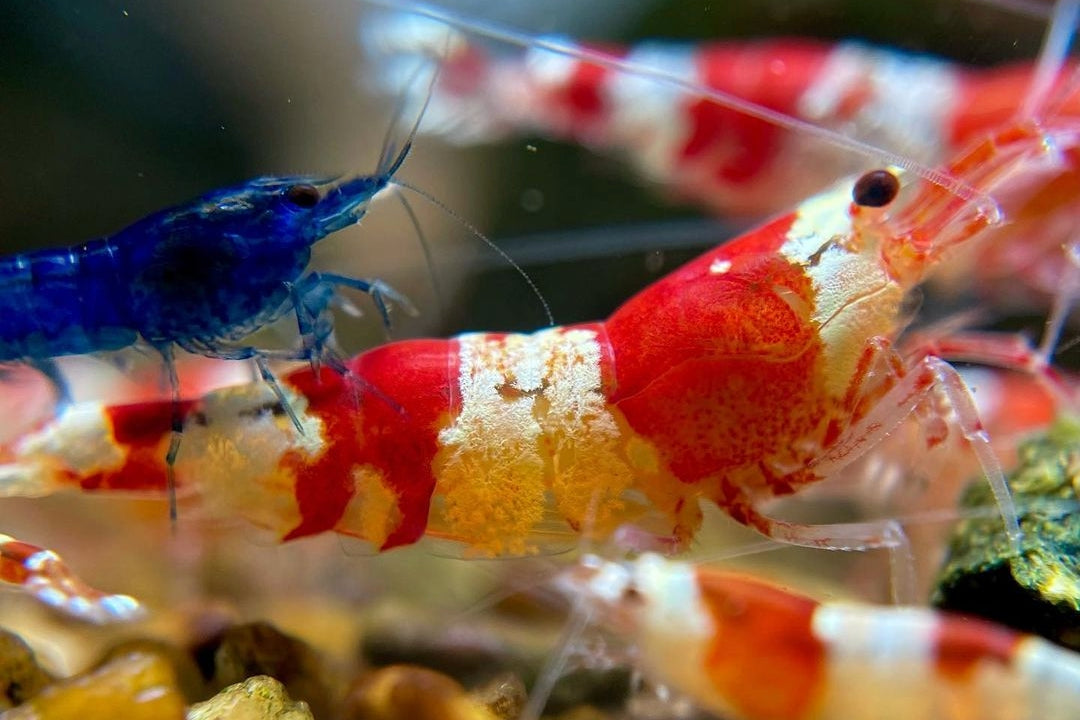
Contents
- 1- Introduction to Freshwater Shrimp
- 2- Choosing the Right Freshwater Shrimp for Your Aquarium
- 3- The Integral Role of Freshwater Shrimp in Aquariums
- 4- Breeding Freshwater Shrimp
- 5- Feeding Freshwater Shrimp
- 6- Common Challenges and Solutions
- 7- The Ethical and Sustainable Keeping of Freshwater Shrimp
- 8- Conclusion
- 9- Frequently Asked Questions (FAQs)
Introduction to Freshwater Shrimp
In the vast and dynamic world of aquarium hobbyism, freshwater shrimp have emerged as captivating stars. These small, yet vibrant creatures not only add a splash of color and life to aquariums but also play a pivotal role in the ecosystem of their aquatic habitats. From the well-loved Red Cherry Shrimp to the more exotic Crystal Red Bee Shrimp, freshwater shrimp varieties offer a spectrum of possibilities for aquarists of all levels.
Choosing the Right Freshwater Shrimp for Your Aquarium
Understanding Shrimp Species
Each species of freshwater shrimp has its unique requirements and benefits. For beginners, Cherry Shrimp (Neocaridina davidi) are a robust and forgiving choice, thriving in a wide range of water conditions. For those seeking a challenge, Crystal Shrimp (Caridina cf. cantonensis) and Bee Shrimp require more precise water parameters but reward with their striking appearances.

Water Parameters: Key to Success
Maintaining optimal water parameters is crucial for the health and well-being of freshwater shrimp. A stable pH level, typically between 6.5 and 7.5, alongside consistent temperature control, ensures a conducive environment. Additionally, low levels of ammonia, nitrite, and nitrate are fundamental to prevent stress and diseases.
The Integral Role of Freshwater Shrimp in Aquariums
Algae Control and Tank Cleaning
Freshwater shrimp are nature's cleanup crew. Their insatiable appetite for algae and detritus helps keep aquariums clean and balanced. By consuming excess food and decaying plant matter, they prevent the buildup of harmful substances, contributing to a healthier and more aesthetically pleasing environment.
Biodiversity and Ecosystem Stability
Introducing freshwater shrimp to an aquarium enhances biodiversity, creating a more stable and resilient ecosystem. Their interactions with other inhabitants and the environment contribute to the natural balance, promoting healthier living conditions for all aquatic life.

Breeding Freshwater Shrimp
Creating the Perfect Breeding Environment
Breeding freshwater shrimp can be a rewarding experience for aquarists. To encourage breeding, provide a peaceful environment with plenty of hiding spots using plants and decor. Water quality is paramount regular water changes and monitoring ensure the perfect breeding grounds.
Understanding the Breeding Cycle
The breeding cycle of freshwater shrimp varies by species. Generally, after a molting phase, females become receptive and, once fertilized, carry the eggs under their tails until they hatch. The gestation period can range from a few weeks to a month, depending on the species and conditions.
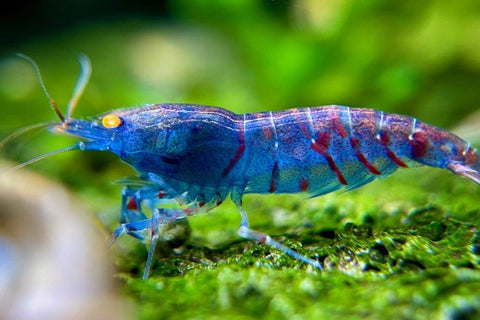
Feeding Freshwater Shrimp
Dietary Requirements
A balanced diet is essential for the health and coloration of freshwater shrimp. High-quality commercial foods designed specifically for shrimp provide a good basis. Supplementing with natural options like blanched vegetables and leaf litter offers additional nutrients and mimics their natural feeding behaviors.
Feeding Practices
Overfeeding is a common issue in shrimp tanks, leading to poor water quality and health problems. A small amount of food that shrimp can consume within a couple of hours is sufficient. Observing their feeding behavior helps gauge the right amount, ensuring a clean and healthy tank.

Common Challenges and Solutions
Water Quality Management
Keeping water parameters within the ideal range can be challenging, especially for sensitive species. Regular testing and adjustments, coupled with consistent maintenance routines, are vital. Utilizing live plants and natural substrates can also help stabilize the water chemistry.
Disease Prevention and Treatment
Freshwater shrimp are susceptible to various diseases and parasites. Quarantining new arrivals and maintaining a stress-free environment are proactive steps to prevent outbreaks. In cases of illness, identifying the specific issue and applying targeted treatments is essential, always considering the sensitivity of shrimp to certain medications.
The Ethical and Sustainable Keeping of Freshwater Shrimp
Sourcing and Conservation
Choosing ethically sourced freshwater shrimp is crucial for sustainability and conservation efforts. Supporting reputable breeders and stores that prioritize the well-being and ecological impact of their practices contributes to the responsible hobby of shrimp keeping.
Community and Education
Engaging with the freshwater shrimp community through forums, clubs, and social media platforms fosters a culture of learning and support. Sharing experiences and knowledge enhances the hobby for everyone, promoting ethical and sustainable practices.

Conclusion
Freshwater shrimp, captivating additions to aquariums, play a crucial role in ecological balance. By grasping their care requirements and embracing the joys and challenges they bring, aquarists can reap their numerous benefits. Tropicflow stands as a reliable source for freshwater shrimp, offering a range from caridina to neocaridina.
Frequently Asked Questions (FAQs)
What do freshwater shrimp eat?
Freshwater shrimp primarily feed on algae, biofilm, and decaying plant matter in the aquarium. They can also be fed a variety of commercial shrimp foods, blanched vegetables, and leaf litter to ensure a balanced diet.
How often should I feed my freshwater shrimp?
Feed your shrimp small amounts of food that they can consume within 1-2 hours, every day or every other day. Avoid overfeeding to maintain water quality.
Do freshwater shrimp need a heater?
Whether freshwater shrimp need a heater depends on the specific species and your home's ambient temperature. Most shrimp thrive in temperatures between 65°F and 80°F (18°C to 27°C). If your aquarium's temperature remains within this range naturally, a heater may not be necessary.
Can freshwater shrimp live with fish?
Yes, many freshwater shrimp can coexist with fish, provided the fish are not aggressive or large enough to view the shrimp as food. Peaceful, small fish species make the best tank mates for shrimp.
How long do freshwater shrimp live?
The lifespan of freshwater shrimp varies by species, but many common aquarium shrimp live for 1 to 2 years under optimal conditions.
How can I tell if my shrimp are healthy?
Healthy shrimp are active, display vibrant colors, and have a strong appetite. Signs of stress or illness include lethargy, dull coloration, and lack of appetite.
You May Also Like:
No comments

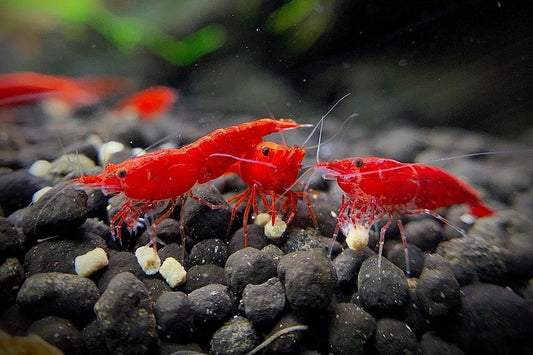



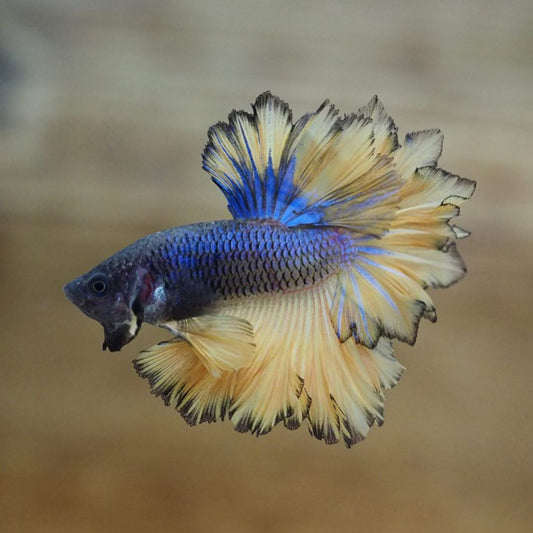
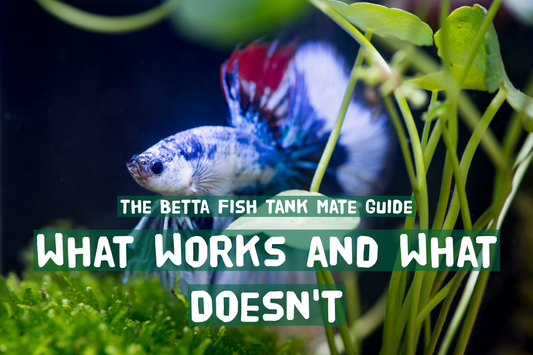
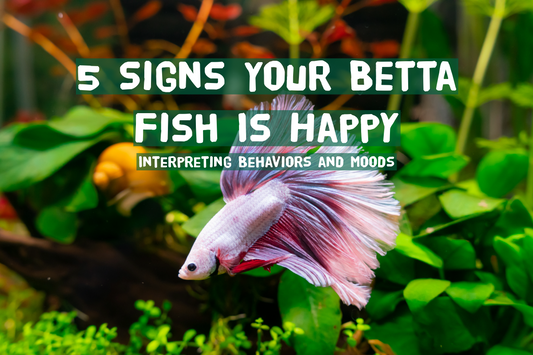
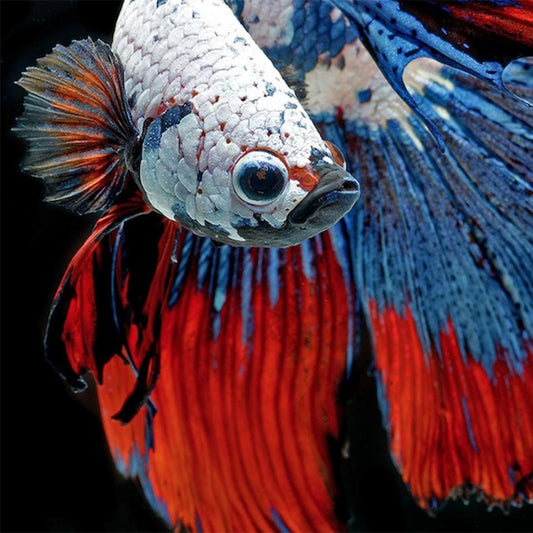
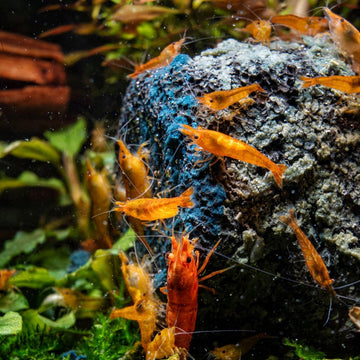
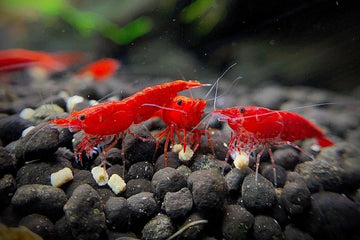
0 comments